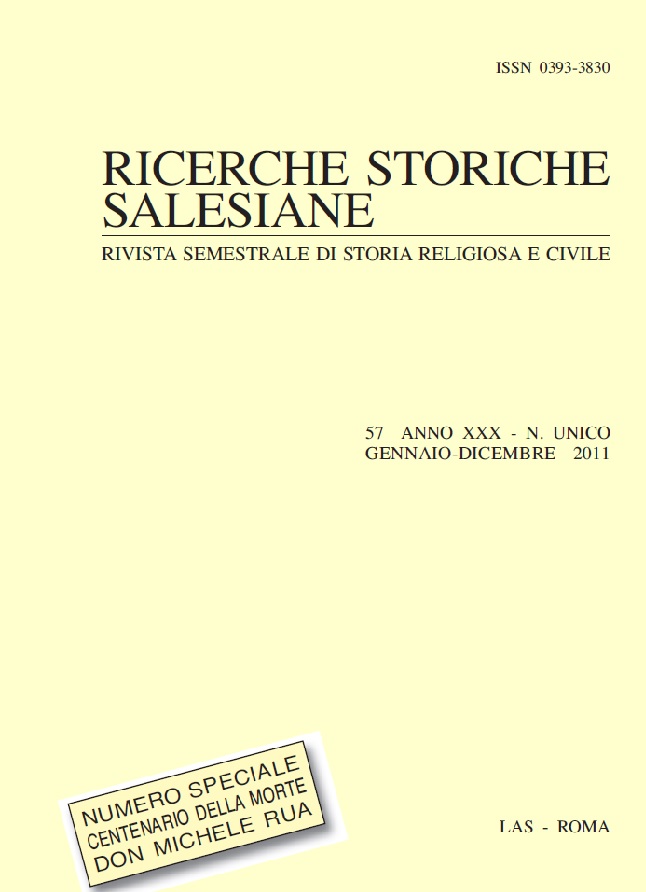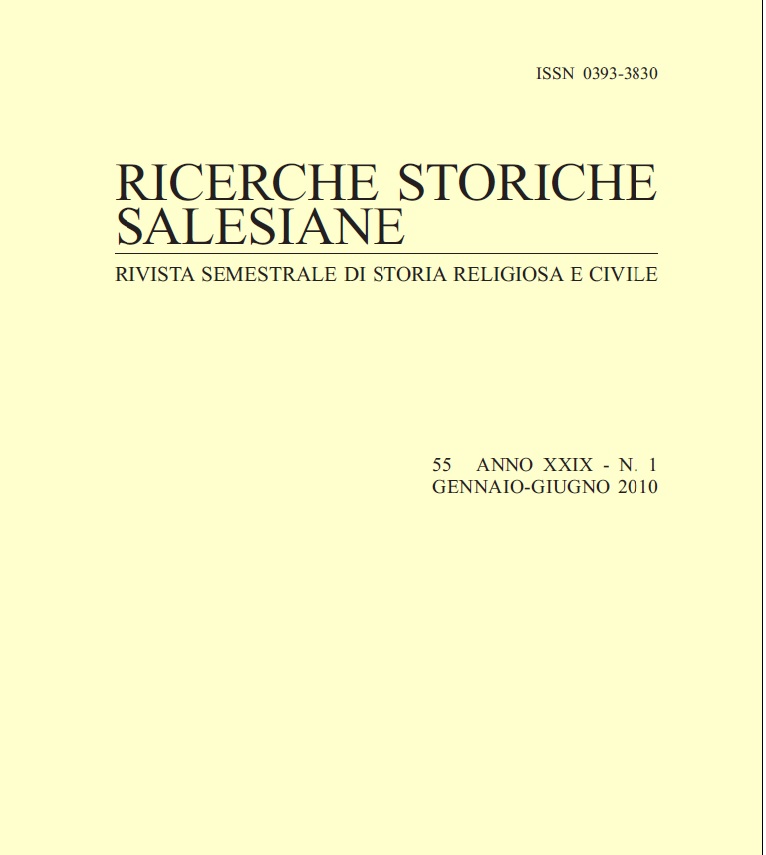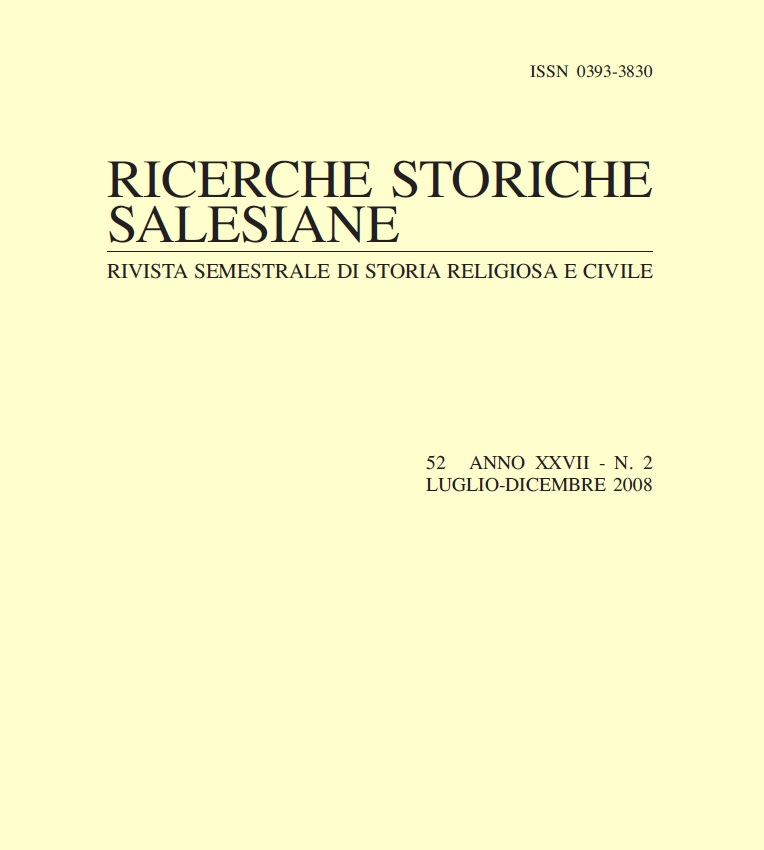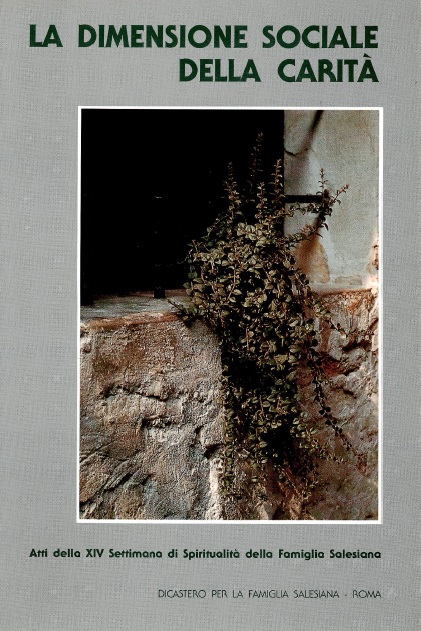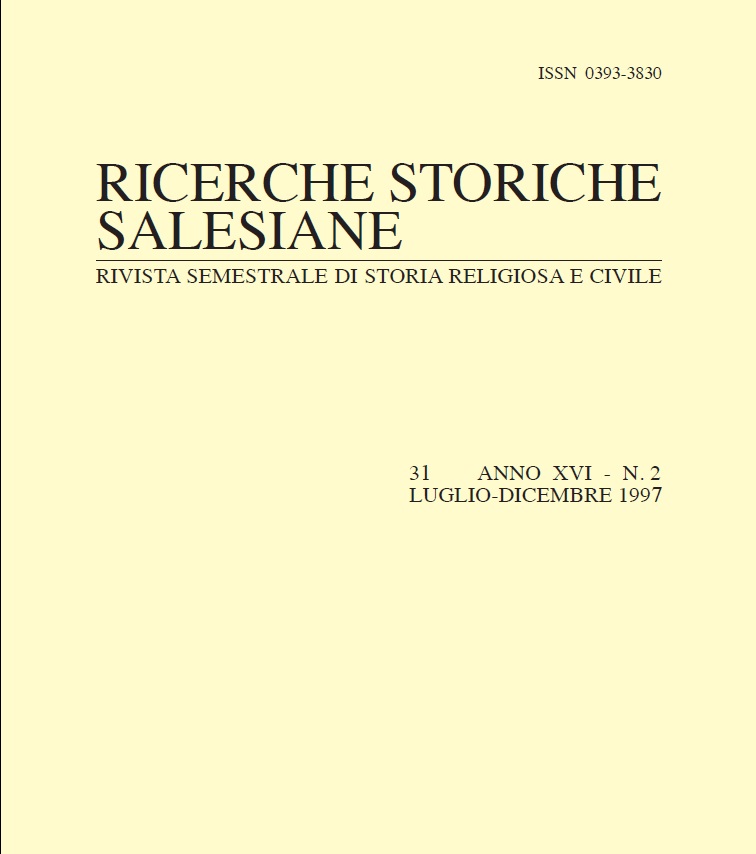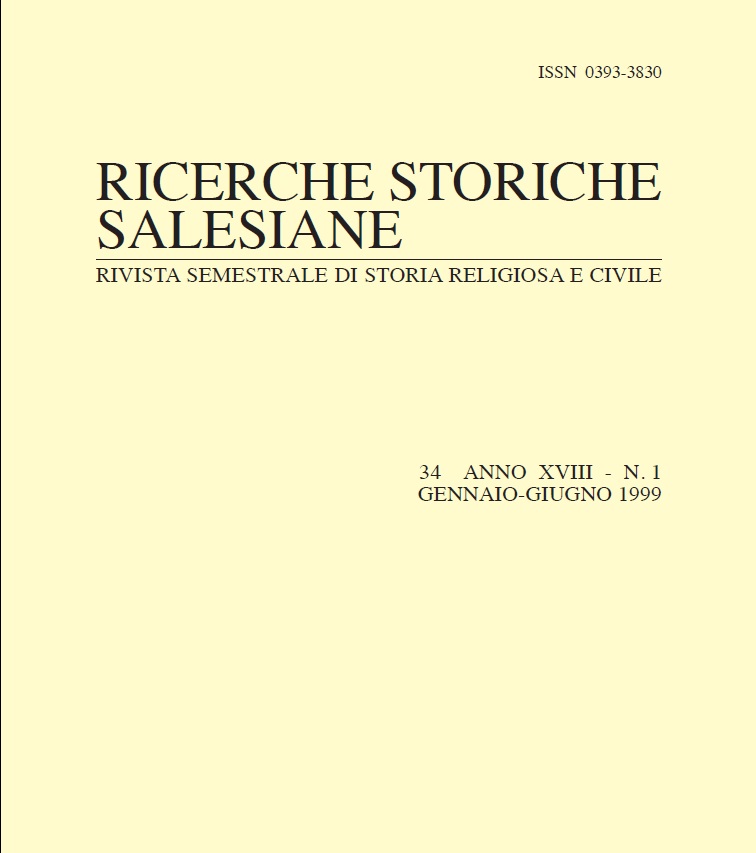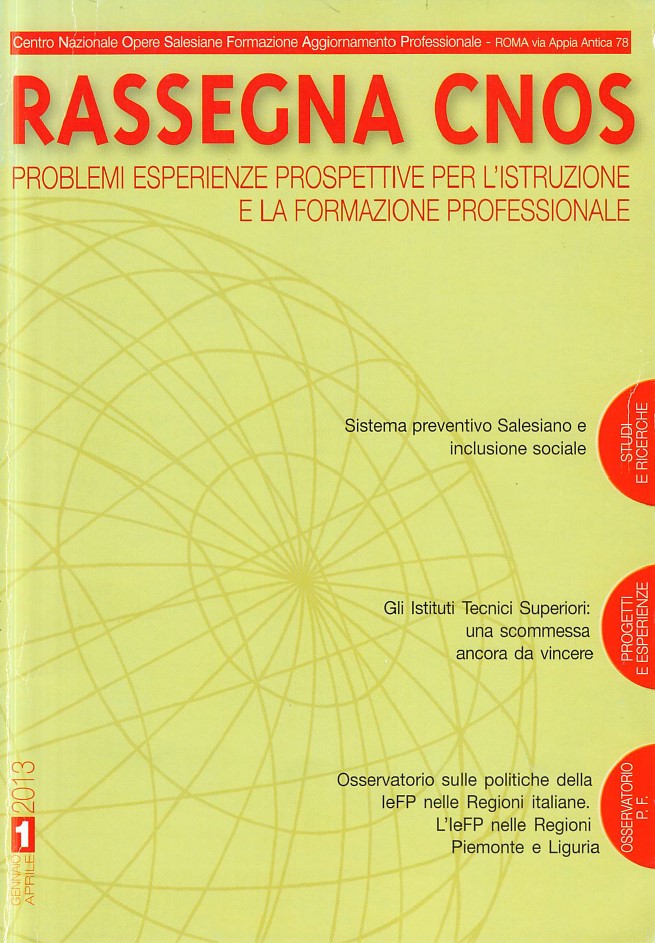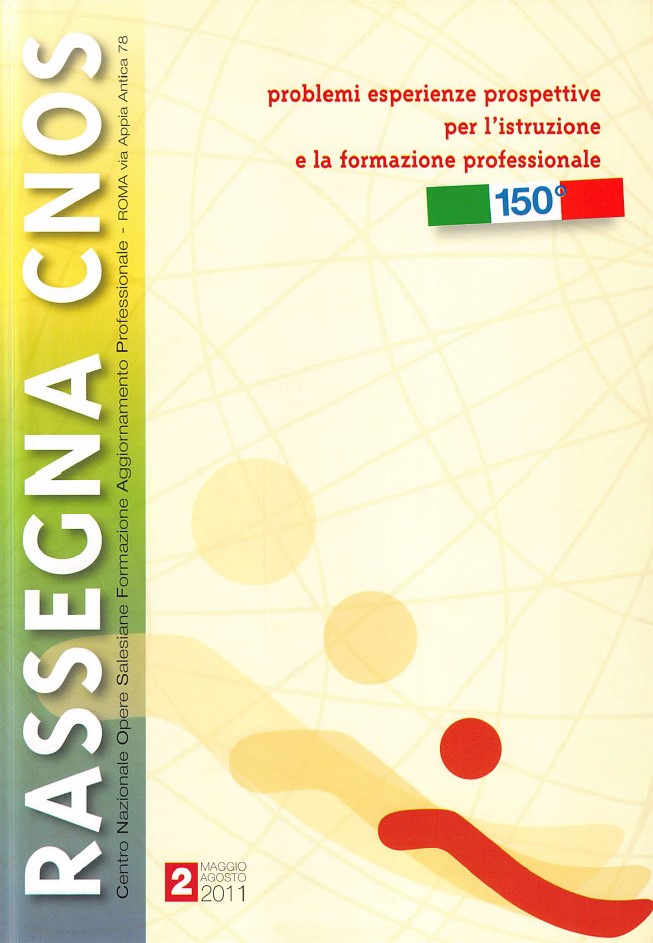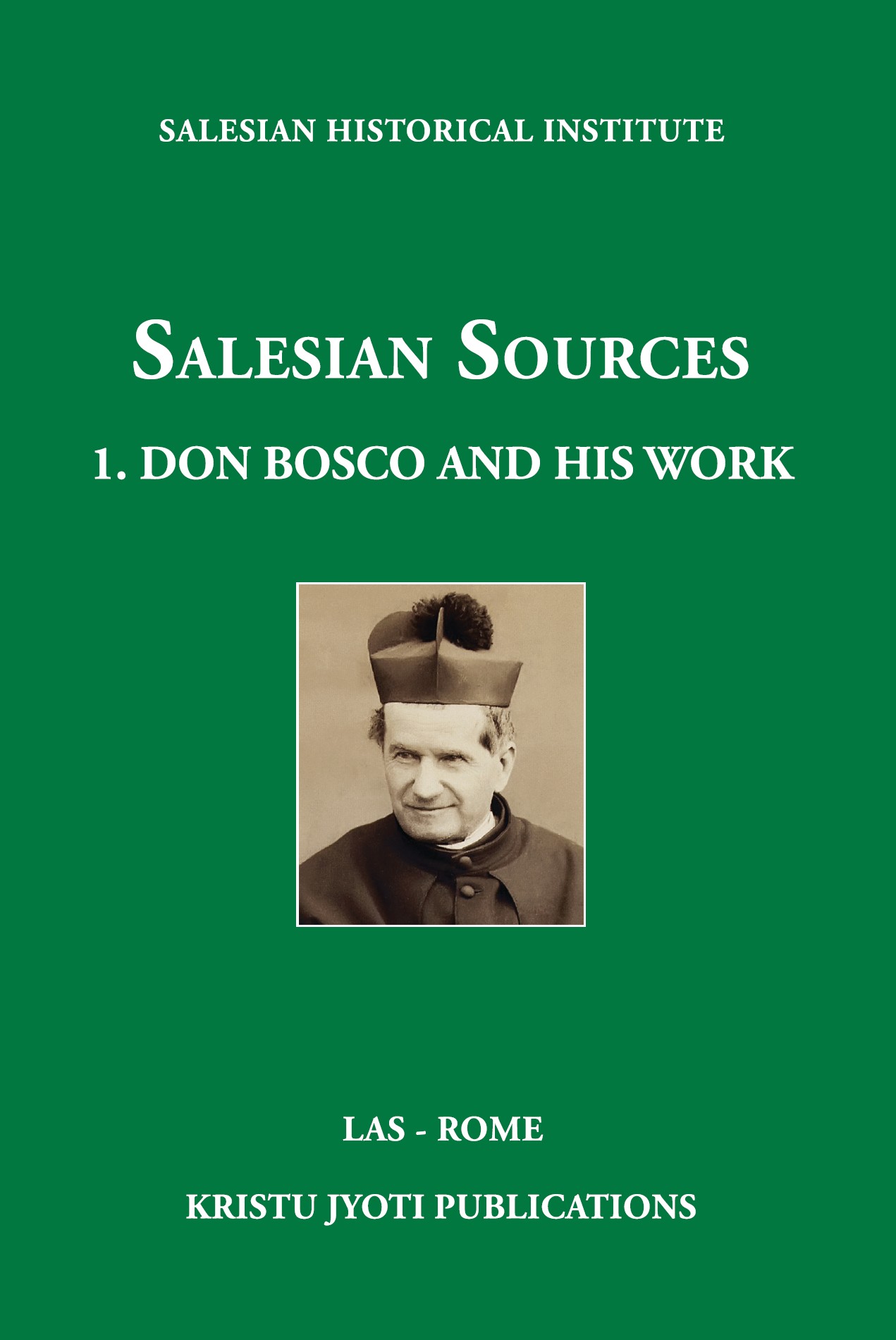Il discorso del Rettor Maggiore, fatto in occasione della festa di Maria Ausiliatrice, inizia celebrando la Benedizione Apostolica concessa dal Santo Padre in occasione del 2° Centenario della fondazione della Società Salesiana. Continue reading “Renato Ziggiotti – “Lettera del Rettor Maggiore” in “Atti del Capitolo superiore della società salesiana””

